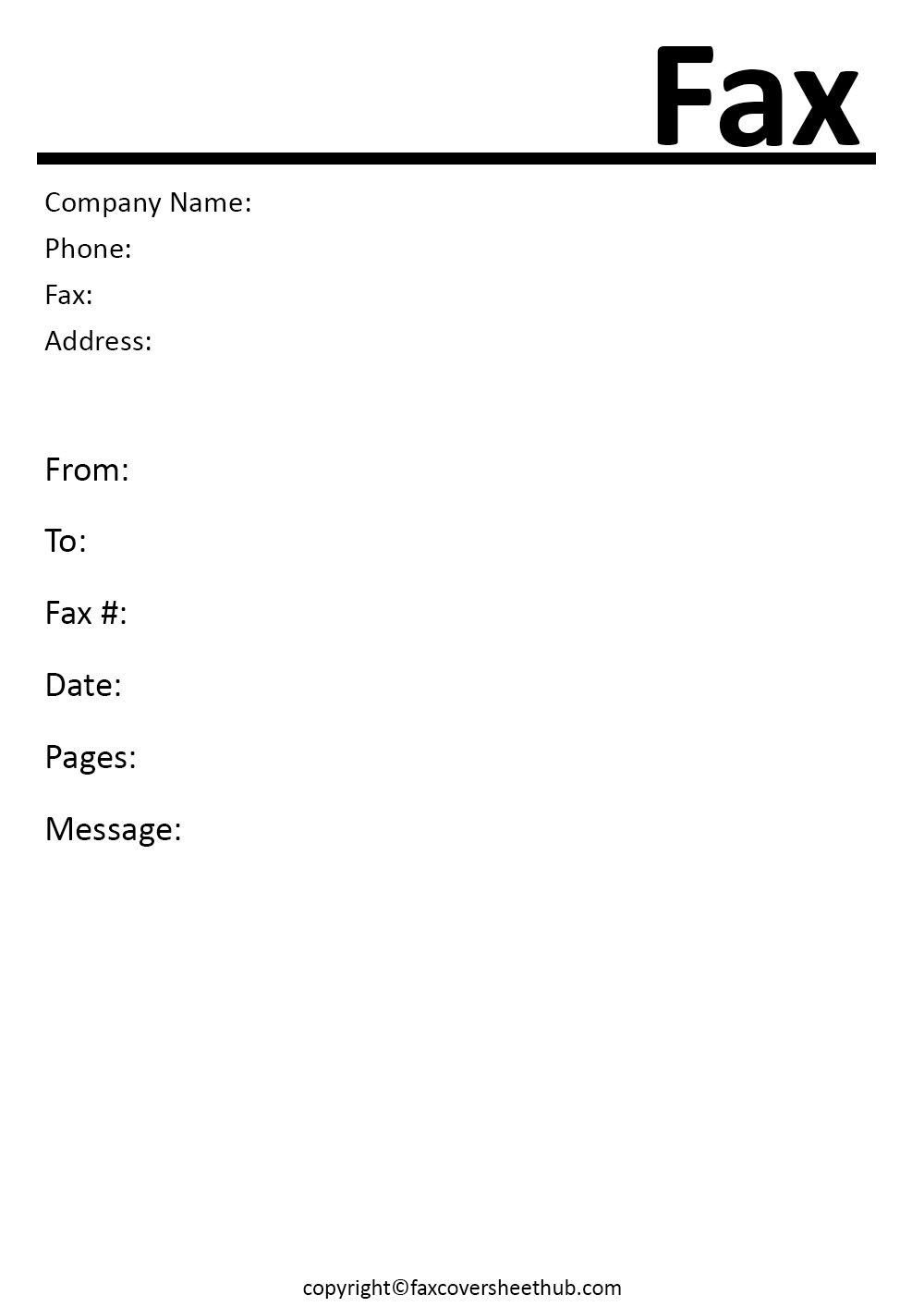A Medical Fax Cover Sheet is used to protect confidential and sensitive medical information.
In most industries, the use of fax is nearly obsolete. But in the Healthcare industry, it's still in use. Moreover, It’s still considered a safer mode of sharing patients’ medical information.
In 2009, Health Information Technology for Economic and Clinical Health (HITECH) Act started promoting the use of Information Technology to store and share medical documents. It also enhanced the rules and penalties regulated by Health Insurance Portability and Accountability (HIPAA) Act.
Therefore, after the enactment of HITECH, the medical industry transitioned to digital records. But they were still using fax as a medium of transferring confidential medical records. One of the main reasons for using fax instead of email is that it’s less exposed and thus more secure. Passwords can be leaked and data is exposed on most cloud platforms. Faxes are also not impossible to hack digitally but they are tougher. Furthermore, it’s easy to meet the safety guidelines of HIPAA through faxes.
Most medical professionals already knew how to use fax machines. And, the learning curve for EHRs was quite steep and thus it was easier to use fax. The EHR systems were like excel spreadsheets and it was hard for most people to learn thus they continued using fax machines.
Fax cover sheets help the receiver to transfer the documents to their rightful owner.
Here are a few things that are important to include in a fax cover sheet:
- Date
- Organization’s Name
- Sender’s Name, Fax Number, Phone Number
- Receiver’s Name, Fax Number, Phone Number
- Number of pages sent (Including the cover page)
- Confidentiality Notice
- Notice for disclosure and damages
Having a return fax address or sender’s fax address on the cover can be useful. Because sometimes the fax can get into the wrong hands. The confidentiality notice should clearly state the consequences of the disclosure. And that if they do receive an unintended document, they should either send it to its owner or destroy it properly. You can also inform UWMedical Compliance.
Here is a sample confidentiality notice:
This facsimile contains confidential information intended for the addressed person. You should not distribute or destruct any of the documents. And in case you have received the fax by mistake, you should return it to the address provided. If you disclose or use the information contained within these documents for profit, you will face legal action.
